According to industry sources, IndiGo, India’s largest carrier by market share, is set to potentially close in on a record deal to buy 500 narrow-body A320-family jets from Airbus. Airbus has emerged as the front-runner for the order and it will eclipse Air India's provisional purchase of nearly 470 jets in February, a source told Reuters on the sidelines of an airline industry meet in Istanbul.
Such a deal would be worth some USD 50 billion at the most recently published Airbus list prices, but would typically be worth less than half this after widespread airline industry discounts for bulk deals, according to aircraft analysts. They said that Airbus and Boeing are also competing in separate talks to sell 25 A330neo or Boeing 787 wide-body jets to the same airline.
IndiGo's Chief Executive Pieter Elbers, attending the International Air Transport Association annual meeting in Istanbul, declined to comment on commercial matters. Airbus and Boeing also declined to comment.
IndiGo, which has a 56% share of the domestic Indian market, was in talks with both Airbus and Boeing for the order, which if confirmed would be the largest by a single airline ranked by units. IndiGo's potential new order comes as it is yet to take delivery of nearly 500 jets out of a total order of 830 Airbus A320-family planes, making it one of the largest customers of the European group.
During the airline industry meet in Istanbul, the head of a group representing global airlines renewed pressure on plane makers to speed up plane and parts production on Sunday, warning the delays would curtail airline capacity as demand for air travel nears a full recovery from the pandemic.
Airbus and Boeing have blamed supply chains for delivery delays, while bottlenecks in a network of engine repair shops have also forced airlines to ground dozens of jets. Airbus and Boeing have been racking up billions of dollars of new orders stretching beyond 2030 as airlines lock in supplies well ahead amid looming shortages.
It was first reported in March that IndiGo, which has a 56% share of the domestic Indian market, was in talks with both Airbus and Boeing for the order, which if confirmed would be the largest by a single airline ranked by units. IndiGo's potential new order comes as it is yet to take delivery of nearly 500 jets out of a total order of 830 Airbus A320-family planes, making it one of the largest customers of the European group.
What lies in the future?
Airbus and Boeing have been racking up billions of dollars of new orders stretching beyond 2030 as airlines lock in supplies well ahead amid looming shortages. Indian carriers now have the second-largest order book, with over 6% share of the industry backlog, behind only the United States, according to a June 1 report by Barclays.
The bullish outlook by IndiGo comes as the world's third-largest aviation market is seeing a strong rebound in travel post-Covid, with domestic and international passenger numbers surging despite high fares. IndiGo aims to double its capacity by the end of the decade and expand its network, especially in international markets, Elbers told analysts last month during an earnings call.
The airline has a codeshare partnership with seven carriers including Turkish Airlines, American Airlines and KLM. The alliance with Turkish Airlines has seen IndiGo make a major push into Europe, a favourite holiday destination among Indians, with the budget carrier now offering flights to 33 European airports.
IndiGo earlier this year began international operations in Istanbul with a Boeing 777, its first wide-body aircraft, taken from codeshare partner Turkish Airlines, which provides the pilots. Taking on the two widebodies is a stop-gap arrangement for IndiGo which needs the capacity until it takes delivery of the longer-range Airbus A321XLR planes in the 2025-ish timeframe, Elbers told Reuters in an interview in March. In the meantime, this will help the budget carrier build its brand outside India, where it is little known, and prepare for future expansion, he had said at the time.
IndiGo has also continued its domestic expansion, cementing its presence at the new airport in North Goa by announcing new flights to Patna, Bhopal, Vadodara, and Dehradun, which commenced on May 22. Additionally, on May 24, the carrier started flights between North Goa to Ranchi via Patna.
India is the world's fastest-growing aviation market and the third largest overall. In February, Boeing predicted that India would see long-term passenger growth of nearly 7% annually through 2041. That means India will need about 2,210 new airplanes over the next two decades, with single-aisle jets comprising 90% of that, according to Boeing.
(With Inputs from Reuters)
Read next
Negotiating a new contract is an important procedure for any group of workers, including FedEx Express pilots. This contract is critical for both the pilots and the airline since it determines their working conditions, perks, and general relationship. The successful conclusion of these discussions reflects the efforts of all parties concerned.
Overview of the New Contract
FedEx Express pilots have taken a critical step forward in safeguarding their future by striking a tentative agreement on a new contract. The Air Line Pilots Association (ALPA), the pilots' union, revealed the potential agreement earlier this week, indicating a good breakthrough following two years of talks.
Both sides can benefit from a more peaceful and productive working relationship if the agreement is tailored to match the interests of the pilots and the airline.
The Air Line Pilots Association's (ALPA) Role
The Air Line Pilots Association (ALPA) has been instrumental in the negotiations. ALPA is a professional organization that supports and campaigns for airline pilots' concerns. ALPA's knowledge and skills guarantee that pilots' issues are heard and addressed throughout talks, allowing them to obtain the best possible results.
Timetable for Negotiations
FedEx Express and the pilots' union began talks in May 2021, kicking off a series of conversations and deliberations. However, as the negotiations advanced, it became clear that negotiating a mutually acceptable contract would be a difficult undertaking. As a result, the airline requested mediation from the National Mediation Board in order to ease the bargaining process.
The FedEx Master Executive Council (MEC) must evaluate and approve the conditions of the agreement. According to FreightWaves, when the arrangement was first announced on Tuesday, the FedEx MEC had not read the conditions.
Factors Influencing the Tentative Agreement
The pilots' tentative deal with FedEx Express addresses a number of crucial topics that were being negotiated. Salary modifications, retirement benefits, schedule enhancements, and provisions for professional advancement are examples of such difficulties. By reaching an agreement on these issues, both sides have proven their dedication to the pilots' well-being and the success of the airline.
The Importance of the FedEx Express Agreement
The tentative deal is critical for FedEx Express because it provides operational stability and efficiency. With a new contract in place, the airline can focus on providing outstanding service to its customers without the delays that a strike or extended discussions may have caused. The agreement also promotes employee morale and retention by fostering a healthy work environment.
Conclusion
The tentative deal signed between FedEx Express and its pilots represents a key milestone in the airline's labor relations. This accomplishment highlights the significance of fair discussions and teamwork between management and employees. The new contract improves working conditions and perks for pilots, ensuring their job happiness and the overall performance of FedEx Express. By establishing this agreement, both parties have laid the groundwork for a future mutually beneficial partnership.
With Inputs from FreightWaves
Read next
Qantas has long been recognized as an aviation industry leader, and the expansion of its Dreamliner fleet reflects the airline's dedication to continuing development and offering world-class services to its customers. Qantas pushes the frontiers of air travel with each new aircraft, providing customers with a more comfortable and seamless experience.
Qantas: Background
Qantas, one of the world's oldest airlines, has a rich history dating back over a century. Qantas has become an iconic brand synonymous with travel in Australia and beyond, with a reputation for safety, dependability, and outstanding customer service. The airline has constantly undertaken strategic efforts to improve its services, increase efficiency, and preserve its position as a global aviation industry leader.
Introduction to the Boeing 787-9 Dreamliner
The Boeing 787-9, popularly known as the Dreamliner, is a cutting-edge wide-body aircraft that redefines passenger comfort, fuel efficiency, and operational performance. Its innovative design and superior technologies make it a popular option for airlines all over the world. Qantas recognizes the Dreamliner's worth and has made significant efforts to grow its fleet with these remarkable aircraft.
Flight Details
On Friday, June 3rd, the aviation industry saw a momentous occasion as Qantas, Australia's flag carrier, acquired a new addition to its Dreamliner fleet. This Boeing 787-9 aircraft, registered VH-ZNM and bearing the manufacturer's serial number (MSN) 66077, departed from Boeing's Everett facility on its journey to Melbourne, Australia's vibrant second-largest city. This remarkable aircraft, Qantas' 13th Dreamliner, has the potential to revolutionize long-haul international travel while reinforcing the airline's commitment to passenger satisfaction and excellence.
The pre-delivery testing would conclude there since the aircraft would be flown the next day from Everett to Victorville (VCV). The 787 spent nearly two years on the ground at Victorville, only to return on October 31st, 2022, for its trip to Boeing Field (BFI). The aircraft commenced pre-delivery flight testing on November 3rd, with the following flight tests scheduled for May 20th, 2023, and May 23rd, 2023. VH-ZNM flew six times for a total of 12 hours and 14 minutes before beginning its delivery journey to Melbourne.
Qantas' Response to the Epidemic
The Epidemic's Impact on the Airline Industry
Because of the global pandemic, the aviation sector has faced unprecedented hurdles. Travel restrictions, diminished demand, and safety concerns have all had a big influence on airlines throughout the world. However, industry leaders such as Qantas have quickly adapted to the new market, using creative strategies to limit negative consequences and assure operational continuity.
Qantas' Strategies for Tackling Challenges
Qantas has taken significant measures to address the epidemic's concerns. To protect customers and staff members, the airline has put in place stringent health and safety standards. In addition, Qantas has altered its flight schedules, provided flexible booking choices, and initiated programmes to encourage domestic tourism, with an emphasis on places that are not affected by travel restrictions. Qantas has been able to sustain operations and position itself for a successful recovery thanks to these strategic initiatives.
The Significance of Boosting Capacity for Long-Haul International Flights
Demand for long-haul international flights is projected to rebound as travel restrictions progressively loosen and global mobility increases. The addition of the VH-ZNM aircraft to Qantas' fleet comes just in time to meet the expected increase in passenger numbers. Qantas can better serve its foreign clients, reunite family and friends, and contribute to the global travel industry's rebirth by boosting capacity and offering more flights.
Benefits of Qantas' New Aircraft
Improved Passenger Comfort and Experience
The debut of the VH-ZNM Dreamliner demonstrates Qantas' commitment to providing a remarkable travel experience. Passengers may expect bigger seats, larger windows with stunning vistas, and less cabin noise for a more peaceful ride. The cutting-edge entertainment systems and onboard facilities of the aircraft guarantee that passengers are amused and well-catered for during their journey, increasing overall happiness.
Fuel Efficiency and Reduced Carbon Emissions
As the importance of sustainability in the aviation sector grows, the VH-ZNM Dreamliner's fuel economy is a huge advantage for Qantas. The superior aerodynamics, lightweight materials, and fuel-efficient engines of the aircraft all contribute to reducing fuel consumption and carbon emissions. Qantas displays its commitment to sustainable aviation travel and lowers its environmental imprint by adopting this ecologically friendly technology.
Improved Operational Range and Capabilities
Because of its expanded range and fuel economy, the VH-ZNM Dreamliner provides Qantas with enhanced operating capabilities. This allows the airline to extend its network and provide more nonstop long-haul flights, connecting travellers to a wider selection of locations. The aircraft's performance and dependability help Qantas maintain its position as a global aviation leader, allowing the airline to satisfy the changing demands and tastes of its broad customer base.
Conclusion
The addition of the VH-ZNM Boeing 787-9 aircraft to Qantas' Dreamliner fleet signifies an important achievement and an exciting development for the airline. This expansion not only displays Qantas' dedication to innovation and customer happiness, but it also demonstrates the airline's tenacity in the face of adversity. The high specifications, passenger-focused features, and operational benefits of the VH-ZNM Dreamliner position Qantas as an aviation industry leader, poised to fulfil the expectations of a dynamic and developing travel landscape.
With Inputs from Aviation Flights, PlaneSpotters.net
Read next
In a significant development in the aviation industry, the board of directors of the Allied Pilots Association (APA), the union representing American Airlines flight deck crew, recently rejected a proposal to join the much larger and more powerful Air Line Pilots Association, International (ALPA).
Background of the Allied Pilots Association (APA)
The Allied Pilots Association (APA) is a well-known labor organization that protects the interests of American Airlines flight deck personnel, including pilots and co-pilots. Since its inception in 1963, the APA has been crucial in negotiating contracts, improving working conditions, and lobbying for its members' rights. The APA plays an important role in maintaining the welfare of flight crew workers by focusing on safety, professionalism, and fair treatment.
The Proposal to Join ALPA
The proposal to merge with the Air Line Pilots Association, International (ALPA) was presented as a way to combine the strength and resources of both unions. ALPA is one of the world's largest and most powerful pilot unions, representing over 63,000 pilots from numerous major airlines. The proposal's supporters said that joining ALPA would provide the APA with more negotiating power, better representation, and a bigger support network.
The Board of Directors’ Decision
The APA's board of directors, comprised of representatives elected by the union's members, was critical in determining the proposal's destiny. The idea needed a two-thirds majority to proceed with the voting process. Despite long talks and deliberation, however, the proposal obtained just 50% of the votes cast, falling short of the needed threshold.
Reactions and Analysis
The proposal's rejection by the board of directors has spurred analysis and debate in the aviation sector. According to several industry analysts, the decision illustrates worries about the possible loss of autonomy and influence that a merger with ALPA may entail. They say that preserving a distinct identity and the flexibility to make autonomous decisions are critical for the APA to properly handle the particular difficulties that its members confront.
It polled APA members last year and discovered that 67% of them supported "seeing what a merger between APA and ALPA looks like." 52% of responding pilots said they "strongly support" the proposal. The poll included 7,722 flight deck professionals, or almost half of all American pilots.
Conclusion
The Allied Pilots Association (APA) board of directors' rejection of the request to join the Air Line Pilots Association, International (ALPA) represents a key turning point for the organization. The decision shows the APA's different viewpoints and raises concerns about the organization's future direction. As the aviation business evolves, it is critical for the APA to analyze and adjust its methods in order to successfully represent the interests of American Airlines flight deck personnel.
With Inputs from FlightGlobal
Read next
UK King’s Bench judgment paves way for lessors to claim future rentals under a lease agreement
Reeva Chugh Arora
03 Jun 2023
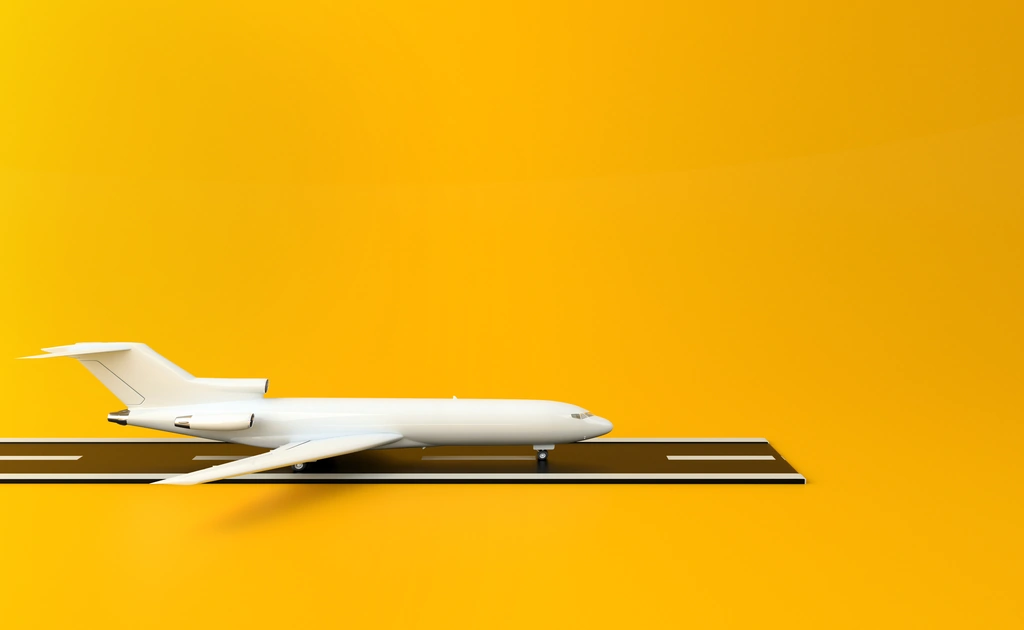
In a summary judgment for VS MSN 36118 CAV Designated Activity Company vs. Spice Jet Limited[1], the High Court of Justice, King’s Bench Division, allowed both the claims of the Claimant (lessor) for (i) accrued sums due; and (ii) for future rentals said to have become due upon Events of Default.
The claim for accrued sums due was a straightforward claim and as such was not defended by the Defendant (lessee).
For the claim for future rentals said to have become due upon occurrence of Events of Default, the Claimant’s case was based on Clause 23.2.2 (y) of the Lease Agreement which read as:
“23.2.2 In addition to the foregoing, Lessee shall be liable (x)………….
(y) all remaining Rent due until the redelivery of the serviceable Aircraft shall become due and payable to Lessor and (z)….”
While accepting the claim for future rentals, the Court observed:
“The fact that it is a draconian provision is hardly unusual in a list of remedies in an aircraft lease drafted for the protection of the lessor. Where there has been an Event of Default it is not particularly unlikely that the lessor would wish to secure future payments by advance payment, the monies being repayable after redelivery and full payment.”
AviLeague’s interpretation and two cents:
Given the current Indian aviation scenario, the judgment is a much-needed respite for the lessors and is expected to lead to more extensive negotiations on default and redelivery provisions. It is advised that the lessors should ensure that Events of Default provision includes security payment of future rentals immediately upon occurrence of a default with excess sums (if any) to be returned to lessee upon redelivery of the aircraft. Further, given the recent Go First’s moratorium, the default remedies should be strengthened to state that future rentals remain a liability of lessee even if the lessee enters insolvency.
The detailed analysis of the judgment is set out below.
Analysis of the judgment
Relying of Cause Clause 23.2.2 (y) of the Lease Agreement, the Claimant submitted that once there has been an Event of Default, as is the case here, the Claimant is automatically entitled to payment of all sums which would become due up to the date of redelivery under the Lease, i.e. the Expiry Date under the Lease Agreement.
The contentions raised by the Defendant and the discussion and observations of the Court were as follows:
1. The Defendant argued that Clause 23.2.2 (y) was a badly drafted provision where the grammar did not make sense, (y) being a subparagraph of “Lessee shall be liable” It was a provision that did not explain when it operated and what the trigger was: unlike Clause 23.2.1 it did not appear to require any exercise of a right by the Claimant but appeared to arise automatically upon an Event of Default.
The Hon’ble Court observed that although the grammar is unsatisfactory, it is clear from Clauses 23.2.1 and 23.2.2 that Clause 23.2.2 provides for a number of consequences which follow on the declaring of an Event of Default. Whilst the remedies under Clause 23.2.1 are options in favour of the Claimant, 23.2.2 provides for automatic consequences of an Event of Default. Clause 23.2.2 starts with “In addition to the foregoing, Lessee shall be liable…”.
2. The second argument raised by the Defendant was that it was impossible to know in advance on what date redelivery would take place. The Redelivery Date was not a fixed date and depended on whether one of the eventualities in Clause 4.2 of the Lease Agreement, which defines Expiry Date occurred. If sub-clause (i) to (vi) applied, redelivery might occur on a different date to the end of the eight-year lease period.
The Hon’ble Court opined that the provision “all remaining Rent due until the redelivery of the serviceable Aircraft shall become due and payable” is an acceleration clause. Whilst the two uses of “due” are confusing, the provision “shall become due” deems sums which would not otherwise be due (yet) to be due and payable. The Court further observed that Clause 4.2 (vi) of the Lease Agreement already states that:
“(vi) if Clause 22.2 is applicable, the Expiry Date shall be the date upon which the Aircraft is redelivered in accordance with that Clause.
For the avoidance of doubt, the obligations of Lessee in respect of payment of Rent and all other obligations of Lessee shall continue (pro-rata) to be payable and valid in respect of those days prior to the Expiry Date.”
3. Thirdly, the Defendant submitted that the wording as to “redelivery of the serviceable Aircraft” added a further layer of uncertainty. Clause 23.2.2 (y) did not even provide for sums due on the Expiry Date to be due. It referred to all remaining rent due “until the redelivery of the serviceable Aircraft.”
The Hon’ble Court observed that though the words are unsatisfactory, the prima facie redelivery date is the Expiry Date unless extended. It cannot have been intended that the acceleration provision would cover sums after the Expiry Date . Nor can it cover a possible early redelivery on a basis which could not at the relevant time be contemplated. In the Court’s view, Clause 23.2.2 (y) is intended simply as an inelegant way of referring to the Expiry Date . No other meaning can be attributed to the provision and it is not so unclear that it should simply be discarded as incomprehensible.
4. Fourthly, the Defendant submitted that the consequences of the Clause 23.2.2 (y) were extraordinary. The Claimant was seeking to rely on a clause with draconian effect where the wording was difficult to make sense of at best. The Claimant would on its interpretation receive all rentals in advance with no provision at all for accelerated receipt. If this was what the Lease Agreement had intended, it would have used clear words.
The Hon’ble Court opined that the fact that it is a draconian provision is hardly unusual in a list of remedies in an aircraft lease drafted for the protection of the lessor. Where there has been an Event of Default it is not particularly unlikely that the lessor would wish to secure future payments by advance payment, the monies being repayable after redelivery and full payment.
5. Alternatively, the Defendant argued that the provision was at least a penalty clause which could only be determined finally at trial.
As for the contention that Clause 23.2.2 (y) is a penalty clause, the Hon’ble Court observed that it would certainly be arguable were it not for the effect of Cause 10.2.1., which provides that the monies paid in advance are potentially repayable, and all that has occurred is an acceleration of payments subsequently due. The
Court further stated that there is nothing extravagant, exorbitant or unconscionable in requiring a commercial party to pay immediately the full amount of the lease in the event of non-compliance with its terms and there is nothing in principle objectionable in an acceleration clause. In effect, it renders Clause 23.2.2 (y) a form of security payment and in the Court’s view does not have the characteristics of a penalty.
The Court thus accepted the Claimant’s claim for Future Rentals
Read next
In recent years, the aviation industry has experienced tremendous challenges, and Boeing, one of the largest aircraft manufacturers, has not been exempt. Boeing's CEO, Dave Calhoun, has lately voiced confidence about the company's recovery trajectory and potential to catch up to competitor Airbus. Calhoun's statements as he prepares for the upcoming Paris Air Show have provided insight on Boeing's future ambitions and a potential technological shift that could shape the aviation industry as a whole.
Boeing CEO's Resilience in the Face of Airbus Competition
The Paris Air Show is extremely important to aircraft manufacturers all over the world. It provides a venue for businesses to present their latest concepts, establish agreements, and gain a competitive advantage. Boeing CEO Dave Calhoun has expressed confidence about the company's revival and its resolve to reclaim market share from rival Airbus.
Boeing is planning an additional MAX assembly line in Everett to supplement the three in Renton. In North Charleston, a second assembly line is being planned to allow output to increase to 10 planes per month.
NASA Collaboration on Innovative Airframe Design
During the recovery discussion, Dave Calhoun alluded to Boeing's partnership with NASA to develop an innovative airframe design. This partnership represents a fundamental technological shift in the aviation sector. The newly designed airframe design has the potential to revolutionize the appearance and functioning of future airliners.
Calhoun expressed excitement about "now putting it on a real aeroplane and watching it fly." And, perhaps, by 2028, we will have shown to ourselves that it is capable of doing the job." He also stated that Boeing is investigating additional technologies that are expected to be mature enough for the next all-new aircraft. One example he gave was improved composite materials.
The Significance of Technological Transition
The prospective technological shift in airframe design is extremely important for the aviation sector. The combination of modern technology and novel materials has the potential to significantly enhance numerous important areas of aircraft performance and efficiency.
Collaboration between Boeing and NASA
Boeing and NASA's relationship exemplifies the benefits of collaboration in the aviation industry. Both organisations may combine their knowledge and increase the speed of innovation by merging skills and resources. Boeing's substantial aircraft manufacturing expertise, combined with NASA's technological developments and research skills, results in a strong combination.
The Aviation Industry's Future
The collaboration between Boeing and NASA, as well as the possible technological shift in airframe design, point to an exciting future for the aviation sector. Aircraft designs will continue to push the envelope as the industry advances, concentrating on sustainability, efficiency, and passenger pleasure.
Conclusion
Dave Calhoun, Boeing's CEO, is optimistic about the company's comeback and ability to compete with Airbus. Boeing's future ambitions will take on new dimensions as a result of its partnership with NASA to create an innovative airframe design. This possible technical change has the potential to revolutionize the aviation industry by improving performance, fuel efficiency, and passenger comfort.
With Inputs from SeattleTimes

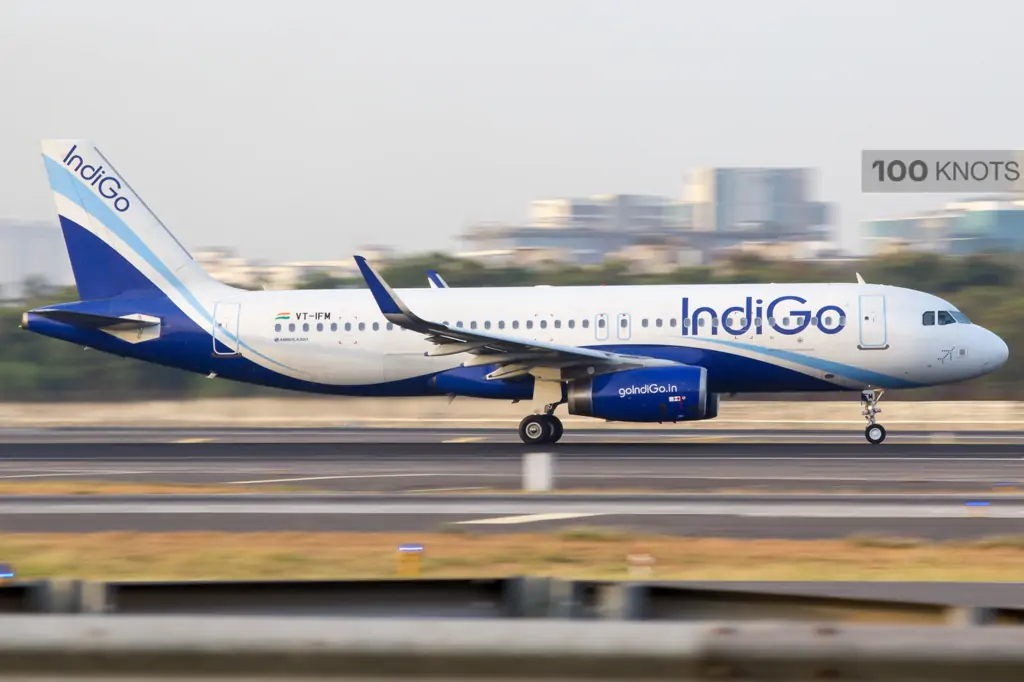

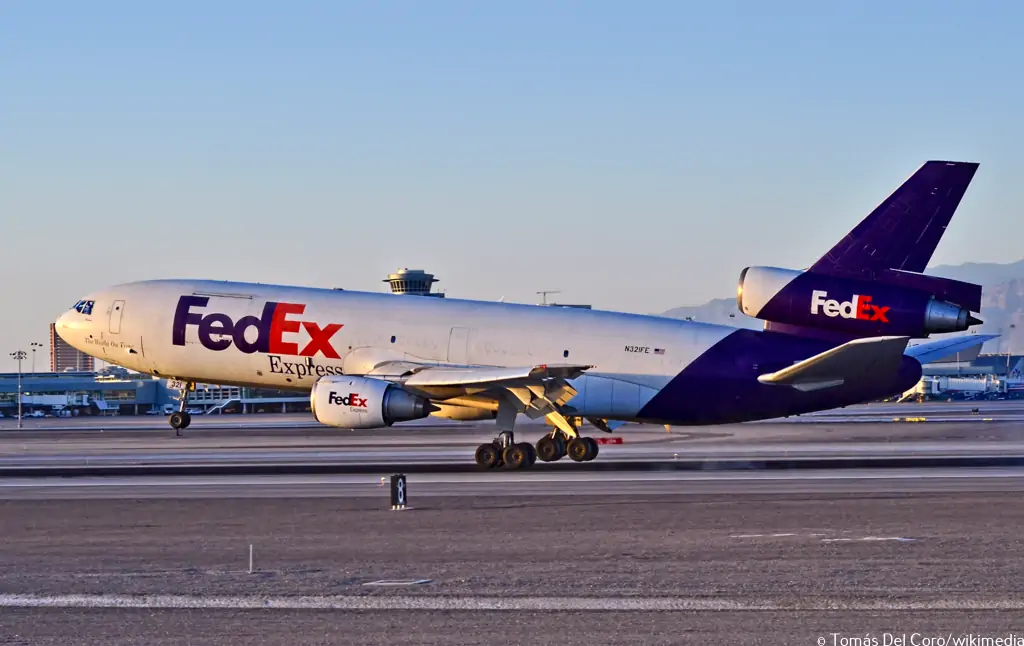
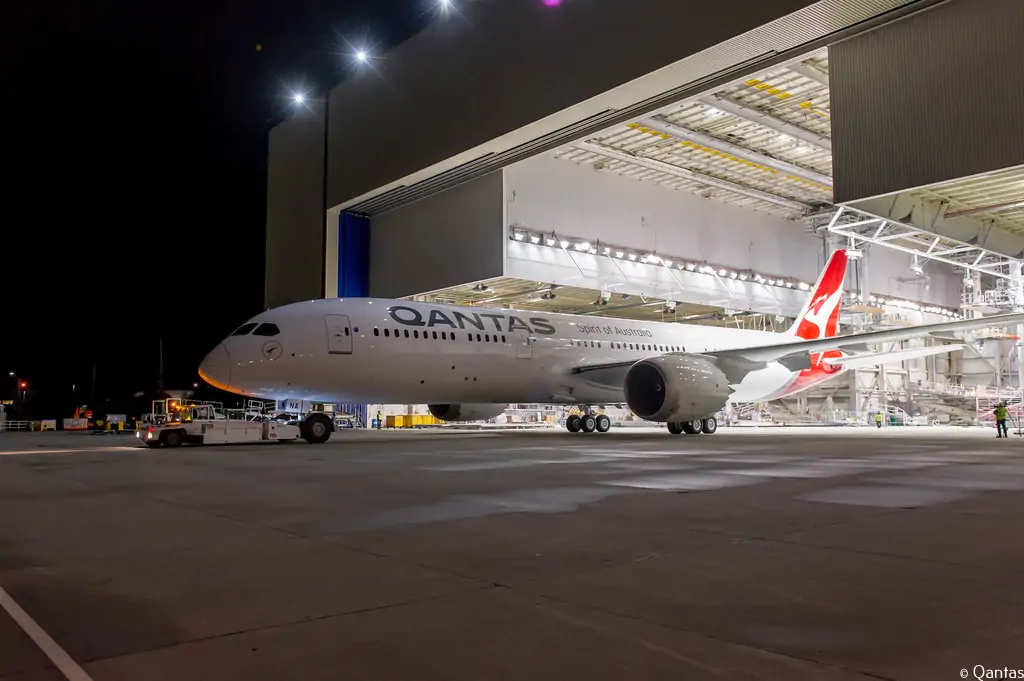
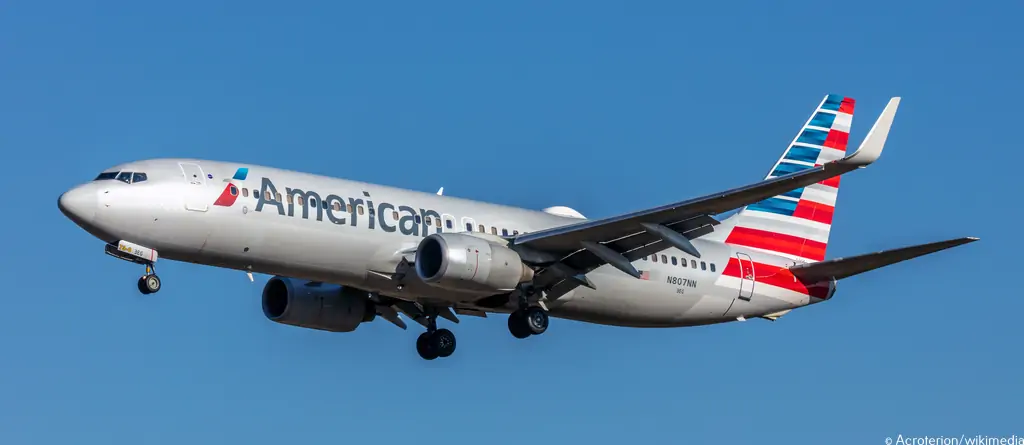


Comment